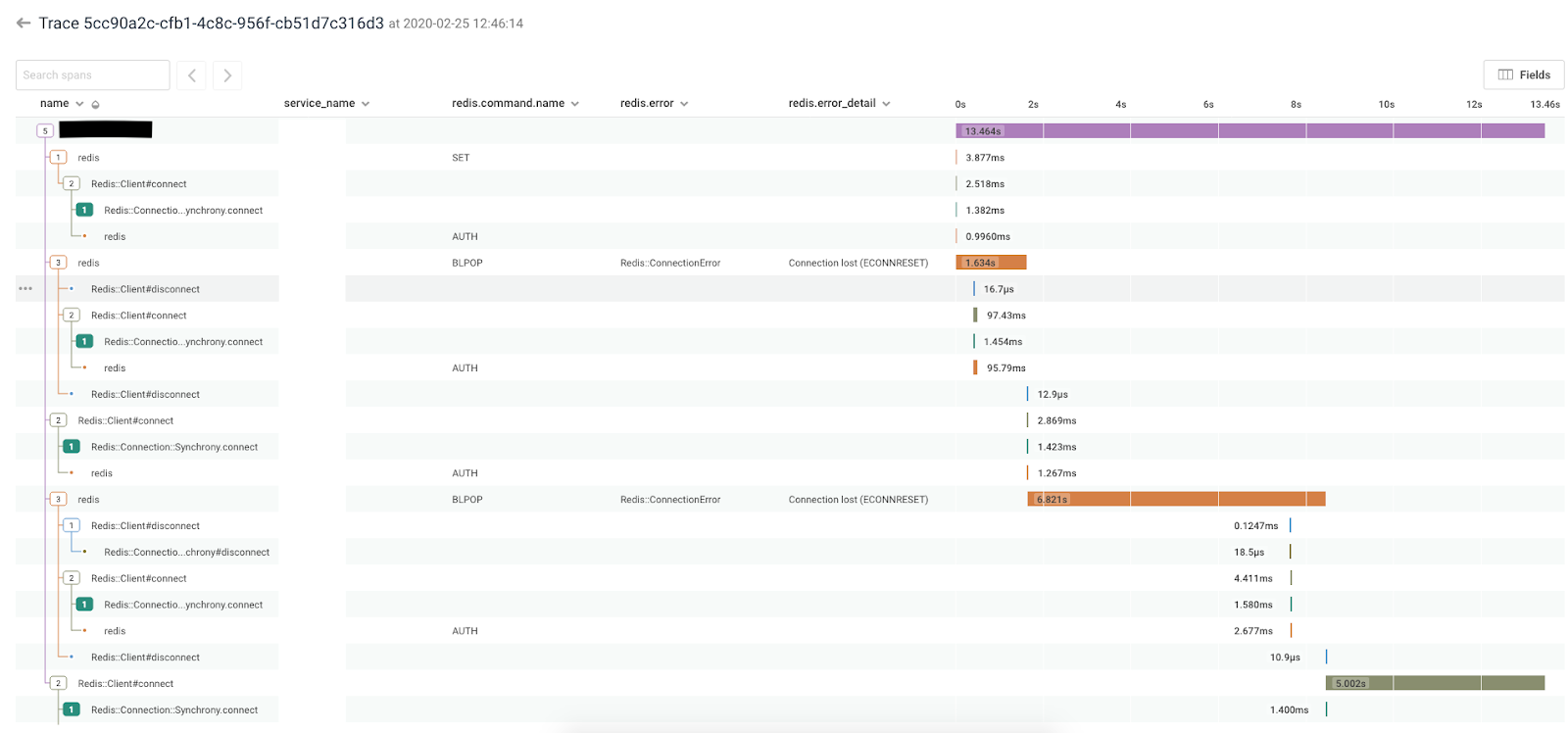We recently connected with Honeycomb users over at Airtime, a new social video platform for iOS, Android, and desktop. Like many companies using Honeycomb, Airtime relies on a complex system of infrastructure and a large variation of tools for monitoring their systems.
Jesse R. (VP of Engineering) & Dana M. (Lead Backend Engineer) were nice enough to share why they turn to Honeycomb when their monitoring tools only take them so far:
HNY:
What is your mission at Airtime?
JR & DM:
Founded by Sean Parker and backed by several major VCs, Airtime is a new social video platform for iOS, Android and desktop (coming soon). Designed for genuine togetherness, Airtime is a group video app where you can simultaneously have conversations and share media in real time.
At the core of the experience is the ‘room’, an intimate space for real friends to feel like they’re actually together. In this room, you can do just about everything you do with your friends as you would in real life – talk about weekend plans, share photos from last night, watch a YouTube livestream, vibe out to music together, and so much more.
HNY:
What’s in your stack today?
JR & DM:
We use quite a few technologies in our stack. We’ll try to keep it to the high-level items and focus on the backend:
Nodejs, SocketIO, Docker, AWS (ECS/Container Registry, S3, SNS, SQS, Lambda, EC2, Elastic Transcoder, and Cloudfront), and WebRTC.
HNY:
What tools or services do you use for metrics, monitoring, logging and debugging?
JR & DM:
Sumo Logic, New Relic, Cloudfront, Indicative, PagerDuty.. and now, Honeycomb.
HNY:
What are your hard problems, from a technical point of view?
JR & DM:
Building services on the backend in such a way that we can iterate quickly on product features while still keeping it robust.
We had the luxury of throwing one away so our microservices based backend scales well and errors only cause partial service degradation in the rare instance they occur.
HNY:
What kind of user problems do you have to untangle and/or track down?
JR & DM:
Most of our user problems come through our community management team and are mostly related to how to do things in the app. We have built admin consoles for our community management team for handling ToS enforcement.
HNY:
Why did you decide to start using Honeycomb?
JR & DM:
In one word: Observability
We didn’t have a solution for combing through MongoDB’s Management Service logs for performance issues on MongoDB queries. Before – when we had performance issues on, lets say, a certain endpoint – NewRelic would tell us that Mongo was the bottleneck and it would tell us what collection. From there on, we were pretty much on our own.
HNY:
Who uses Honeycomb at Airtime and how do you ship data to Honeycomb? Is it mostly coming from software you’ve written yourselves, or existing logs/software?
JR & DM:
Our backend team, which does both ops and dev. We use the Honeycomb agent.
HNY:
How has Honeycomb helped solve Airtime’s problems?
JR & DM:
Thanks to Honeycomb, we are able to drill down on specific queries, collections, and metrics to see what’s exactly causing an issue and push a fix confidently.
In addition, Honeycomb also helps us proactively prevent issues. We’ve set up triggers on metrics like docs examined, and average query duration, and can know ahead of time when things are heading in the wrong direction.
Big thanks to Jesse & Dana of Airtime for sharing their Honeycomb experience!
If you resonate with Airtime’s story here & would like to give Honeycomb a spin, grab yourself an account or contact us anytime at support@honeycomb.io.
Cheers!








